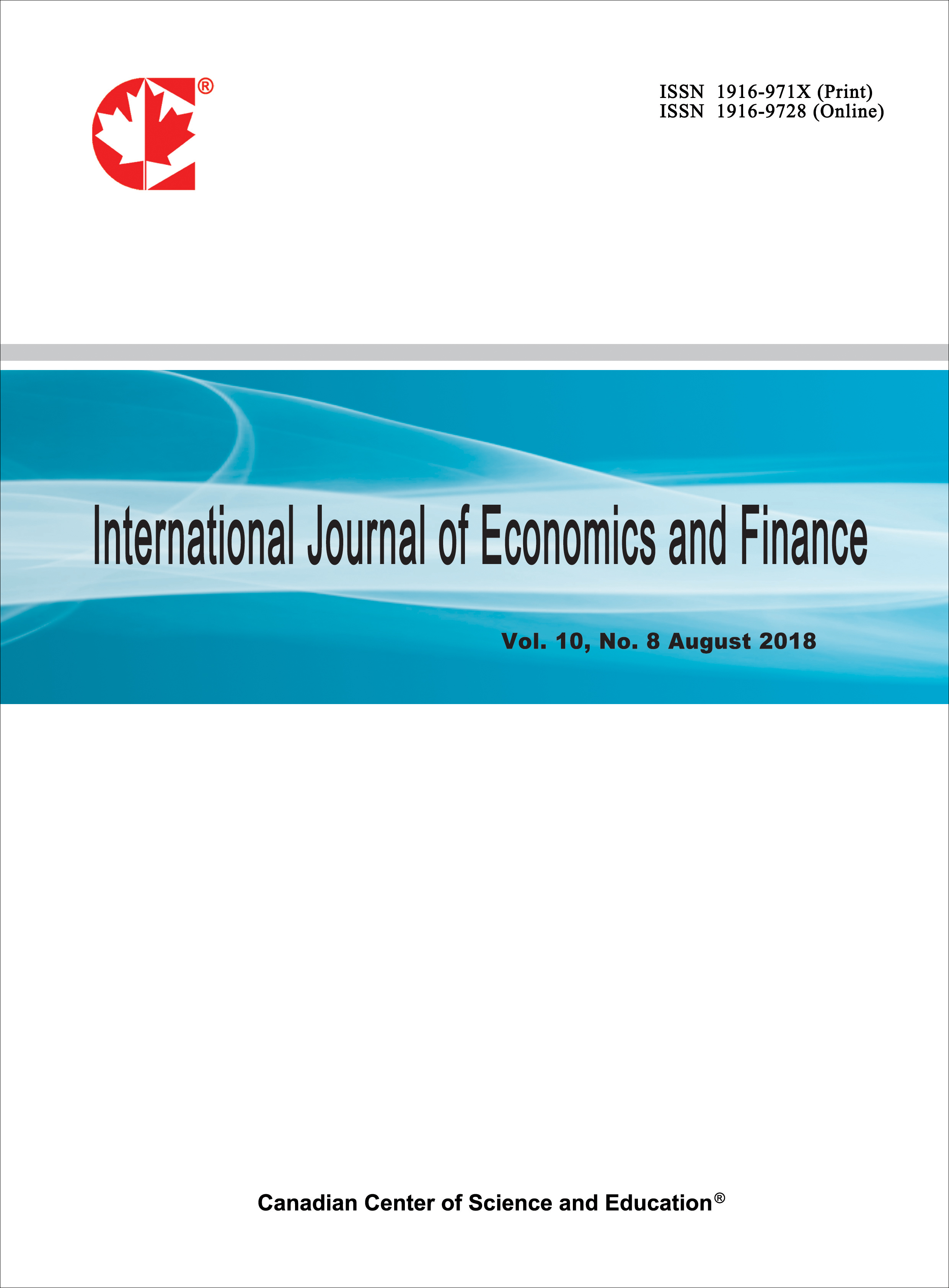Exchange Rate and Gross Domestic Saving Is There a Relation? Empirical Evidence from Egypt
- Emad Omar Elhendawy
Abstract
Given the significance of gross domestic savings in funding investments, reducing the burden of external debts, and servicing these debts on the current account balance, this study examined the degree of the long-term relationship between the exchange rate and gross domestic savings in Egypt from 1980 to 2022. The current account balance, fixed capital formation, exchange rate, and terms of trade were the four explanatory factors used in this study, while the dependent variable was gross domestic savings. Using Eviews 12’s vector error correction (VEC), the analysis discovered a statistically significant long-term relationship between gross domestic savings and the four explanatory variables. Additionally, it discovered a statistically significant inverse relationship between Egypt’s nominal exchange rate and gross domestic savings, showing that a one-unit increase in the exchange rate (the depreciation of the Egyptian pound) results in a 0.5863 drop in gross domestic savings as a percentage of GDP. This highlights the significance of exchange rate stability in Egypt as a way to boost gross domestic savings. A statistically significant positive relationship between the terms of trade index and gross domestic savings was also discovered by the study; for every unit rise in the terms of trade index, gross domestic savings as a percentage of GDP increased by 0.0872. However, the current account balance, fixed capital formation, and gross domestic savings as a proportion of GDP were found to be statistically inversely related. The study’s conclusions suggest that in order to boost Egypt’s gross domestic savings, it is critical to stabilize the country’s nominal exchange rate and focus on enhancing terms of trade.
- Full Text:
 PDF
PDF
- DOI:10.5539/ijef.v17n1p1
Journal Metrics
Index
- Academic Journals Database
- ACNP
- ANVUR (Italian National Agency for the Evaluation of Universities and Research Institutes)
- Berkeley Library
- CNKI Scholar
- COPAC
- Copyright Clearance Center
- Directory of Research Journals Indexing
- DTU Library
- EBSCOhost
- EconBiz
- EconPapers
- Elektronische Zeitschriftenbibliothek (EZB)
- EuroPub Database
- Genamics JournalSeek
- GETIT@YALE (Yale University Library)
- Harvard Library
- Harvard Library E-Journals
- IBZ Online
- IDEAS
- JournalTOCs
- LOCKSS
- MIAR
- NewJour
- Norwegian Centre for Research Data (NSD)
- Open J-Gate
- PKP Open Archives Harvester
- Publons
- RePEc
- ROAD
- Scilit
- SHERPA/RoMEO
- SocioRePEc
- Standard Periodical Directory
- Technische Informationsbibliothek (TIB)
- The Keepers Registry
- UCR Library
- Ulrich's
- Universe Digital Library
- UoS Library
- ZBW-German National Library of Economics
- Zeitschriften Daten Bank (ZDB)
Contact
- Michael ZhangEditorial Assistant
- ijef@ccsenet.org
